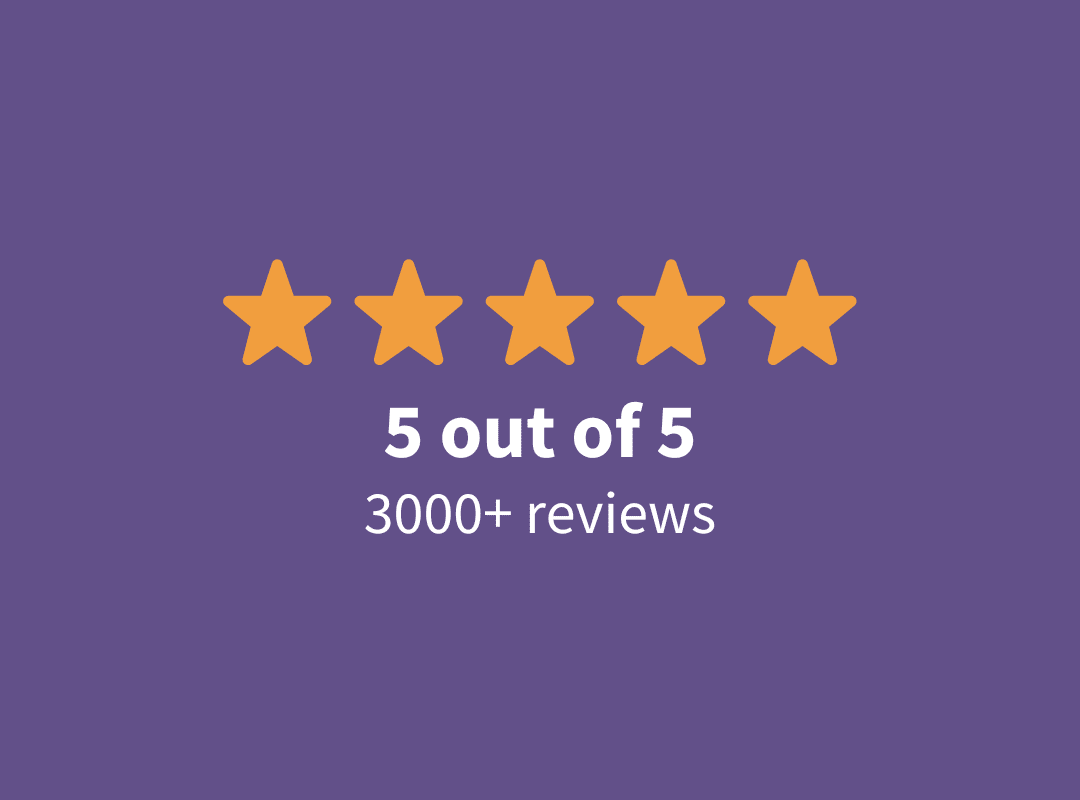
When thinking about medical school and what it takes to be a physician, you should be aware of the costs and how to minimize the expense of medical school. According to Education Data, the average medical school debt is $215,900, not including pre-medical school debt.
Although it’s alarming at first, consider this cost alongside the income potential of a medical career, which tends to be lucrative. Student loan repayment and forgiveness options (especially for federal loan borrowers) can also influence and reduce the cost of repayment.
Cost statistics for 2022-23 medical school (tuition, fees & health insurance)
While income and repayment options influence medical school costs on the back end, how much you’ll ultimately need to borrow in student loans varies widely. For example, school choice often has a six-figure impact on cost.
With over 190 accredited medical schools to choose from in the US, tuition, fees and (often mandatory) insurance have quite the spectrum. Varying price tags, cost of living differences, and options for funding/tuition assistance are just some of the primary factors that influence the cost and where you might apply.
Here’s a look at the averages and maximums this year. None of these costs reflect grants, scholarships or stipends.
| Type | Residence status | Maximum cost | Average cost | Average cost % change (from prior year) | Participating schools |
|---|---|---|---|---|---|
| Public | Resident | $61,054 | $39,905 | 2.00% | 93 |
| Public | Nonresident | $94,364 | $63,718 | 1.60% | 93 |
| Private | Resident | $76,609 | $62,570 | 2.50% | 62 |
| Private | Nonresident | $76,609 | $64,103 | 2.50% | 62 |
No surprise, the least-expensive choices are generally public medical schools for residents who get in-state tuition benefits.
The cost of public schools isn’t as attractive for non-residents looking at out-of-state tuition. Schools like the University of Washington School of Medicine ($94,364) can even make the Hackensack Meridian School of Medicine ($76,609) seem comparatively inexpensive, albeit being the highest-priced private medical school.
Using the average cost of a four-year public school for in-state tuition ($39,905 x 4) = $159,620. The average four-year, out-of-state private cost would then equate to ($64,103 x 4)= $256,412.
For private schools, it's generally a minor difference in cost whether you’re in-state or out-of-state.
Medical School Costs Ranking 2022-23
Here are this year’s five most and least expensive medical schools by category, according to the AAMC report. Costs reflect one-year tuition, fees and health insurance (if applicable).
Private medical schools
Most expensive
- Hackensack Meridian School of Medicine – $76,609
- Tufts University School of Medicine – $75,642
- Columbia University Vagelos College of Physicians and Surgeons – $75,624
- Weill Cornell Medicine – $75,118
- Tulane University School of Medicine – $74,834
Least expensive
- Kaiser Permanente Bernard J. Tyson School of Medicine – $0 (for the first five graduating classes)
- NYU Grossman School of Medicine – $3,950
- New York University Long Island School of Medicine – $3,950
- Baylor College of Medicine – $41055
- San Juan Bautista School of Medicine – $49,046
Public (out-of-state) medical schools
Most expensive
- University of Washington School of Medicine – $94,364
- University of South Carolina School of Medicine Columbia – $91,861
- University of South Carolina School of Medicine Greenville – $91,858
- Northeast Ohio Medical University – $91,153
- Michigan State University College of Human Medicine – $90,741
Least expensive
- McGovern Medical School at University of Texas Health Science Center at Houston – $33,812
- Texas A&M University School of Medicine – $34,860
- University of Texas Rio Grande Valley School of Medicine – $36,052
- University of Puerto Rico School of Medicine – $37,086
- Texas Tech University Health Sciences Center School of Medicine – $37,676
Public (in-state) medical schools
Most expensive
- Virginia Tech Carilion School of Medicine – $61,054
- Oakland University William Beaumont School of Medicine – $57,936
- Carle Illinois College of Medicine – $56,588
- Oregon Health & Science University School of Medicine – $55,510
- University of Virginia School of Medicine – $54,384
Least expensive
- University of Puerto Rico School of Medicine –$19,586
- Texas A&M University School of Medicine –$21,760
- University of Texas Rio Grande Valley School of Medicine – $22,952
- University of New Mexico School of Medicine – $23,238
- McGovern Medical School at University of Texas Health Science Center at Houston – $24,272
Although it’s different in each state, notably, Texas has many of the least expensive in-state and out-of-state public institutions. With NYU having an endowment which covers tuition and Kaiser Permanente waiving tuition and insurance for its first five graduating classes, both are excitingly low- to no-cost options, currently.
Saving money on medical school costs
School choice might be a six-figure influence on how much medical school costs. However, there are other upfront strategies, before and after school, that could mean considerable repayment savings.
Upfront potential savings decisions
The tuition of your desired school might not be the lowest, or you might just be eager to be financially prudent. Either way, consider your options for scholarships, grants, or other stipends.
Check out our guide to medical school scholarships to learn more about programs like National Health Service Corps NHSC, or service-based scholarships, like the U.S Army, Navy, and Air Force HPSP Health Professions Scholarship Program.
For other med school students, student loans are often the only option. Due to their many potential advantages and protections, borrowing federal student loans can be hugely advantageous compared to private funding. Federal loans, for instance, offer more options for income-driven repayment plans and forgiveness programs for healthcare workers.
Back-end potential savings strategies
At Student Loan Planner, we’ve worked with physicians who have an immense student loan burden, often at $350,000 or more in student debt. For some federal student loan borrowers, income-driven repayment plans and Public Service Loan Forgiveness offer tremendous savings compared to other types of loans that don’t qualify for forgiveness options programs.
Given the duration of education and training before an attending salary is realized, these complex programs can be more rewarding for physicians to navigate. This is true, particularly when compared to other professionals who start art higher incomes and generally don’t have as many PSLF-eligible employment opportunities.
With the varying price tags, repayment options, and slew of other decisions you can make surrounding your medical education and student debt, it’s hard to know what you’ll ultimately end up borrowing and paying.
At Student Loan Planner, we offer one-on-one pre-debt consultations to help you plan ahead, and provide guidance to assess your best path forward when you enter repayment.
